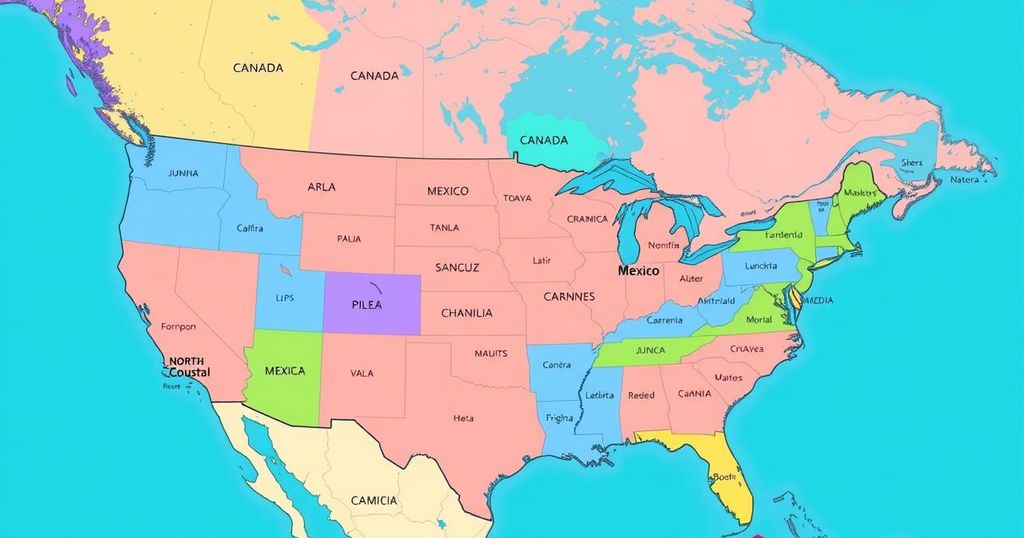Susan Crawford won the Wisconsin Supreme Court race, securing a 10-year term and maintaining a 4-3 liberal majority on the court. Her victory, heavily opposed by Elon Musk and supported by Democrats, focuses on critical issues like abortion rights and gerrymandering. The election is marked as the most expensive state Supreme Court race in U.S. history, with significant implications for future judicial cases.
Susan Crawford has emerged victorious in the Wisconsin Supreme Court race, allowing liberals to retain a narrow majority. This race became especially significant as it was the first major election during President Donald Trump’s second term, marked by substantial campaign expenditures, notably from Elon Musk, who opposed Crawford. Ultimately, her win secures a 10-year term, overriding her opponent Brad Schimel, a prior Republican attorney general.
Crawford’s success represents a setback for both Trump and Musk, who backed Schimel and invested considerable sums into the campaign. Musk was particularly active, both financially and through social media, urging his supporters to oppose Crawford. As Musk’s influence grew, Democrats successfully framed him as the primary adversary in their campaign efforts, portraying his financial involvement as an attempt to influence judicial outcomes and governance.
The outcome of this election means that liberal judges will hold a 4-3 advantage in the court at a crucial time for upcoming cases concerning abortion rights, unions, and congressional maps. Despite Musk’s financial contributions exceeding $15 million, Democratic groups managed to maintain a slight advertising advantage, effectively utilizing Musk’s presence as a focal point in their messaging.
Significant themes from Crawford’s campaign included her advocacy for reproductive rights, especially concerning the state’s abortion ban, with impactful court cases on the horizon. Democrats aggressively campaigned against Schimel by highlighting past controversies during his tenure as attorney general, underscoring issues related to the maintenance of crucial rape evidence.
With the court’s composition having shifted following a Democratic majority achieved in 2023, the upcoming term will potentially address high-profile cases involving gerrymandering and legislation affecting public workers’ rights. The implications of these decisions could significantly shape Wisconsin’s political landscape, as illustrated by concerns from Republicans regarding future litigation surrounding congressional maps.
In conclusion, Susan Crawford’s triumph over Brad Schimel encapsulates not only a critical moment for Wisconsin’s judicial framework but also signifies the potential for progressive judicial interpretations in forthcoming cases. This election symbolizes a turning point following years of prevailing conservative influence, with Crawford’s victory reinforcing the importance of state Supreme Court elections in broader political contexts.
Susan Crawford’s victory in the Wisconsin Supreme Court race has solidified the liberal majority within the court, countering significant opposition from high-profile figures like Elon Musk. This election highlights the pivotal role judicial elections play in shaping critical state policies, particularly regarding reproductive rights, gerrymandering, and public labor rights. As upcoming cases unfold, the implications of this election will resonate beyond state lines, exemplifying the broader electoral shift in judicial influence.
Original Source: www.nbcnews.com




